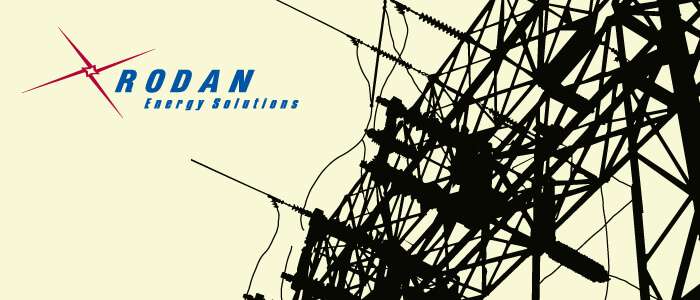You may have heard that the Independent Electricity System Operator (IESO) intends to update the communication section of the Wholesale Revenue Metering Standard to include standards for TCP/IP communications. Most meters communicating via dialup will need to be migrated towards TCP/IP in the near-future. This article will explain the available options so that you can plan accordingly for communications in a new facility or meter replacements at an existing facility.
Effective January 1, 2016 all newly registered facilities will need to use TCP/IP capable meters, while all existing facility meters need to be upgraded when meters are replaced – for instance, due to seal expiry or meter failure – starting July 1 2016. Some meters will have to be replaced with new stock due to technological limitations – like if there are no serial or Ethernet ports available. As a result of the pending changes to the wholesale market’s communication landscape, future budgetary considerations should be tailored towards TCP/IP compatible meter replacements.
Depending on a facility’s network infrastructure, there are two options for installing TCP/IP meters.
1. If you already have infrastructure on site for internet connectivity, a VPN connection might be the most convenient solution for communicating with the meters.
2. If your facility does not have infrastructure on site for internet connectivity, a more flexible option such as a wireless modem can also meet the IESO’s requirements.
Although there might be an upfront cost to transitioning, the good news is that there is potential for savings down the road. TCP/IP enabled meters normally generate a fewer number of Meter Trouble Reports (MTRs), partly due to the chance of call collisions being greatly, if not entirely, reduced. TCIP/IP meters can also offer reduced and predictable monthly costs with no long distance expenses. Depending on your existing infrastructure, TCP/IP could also simplify the communication topology for acquisition of operational data. In short, migrating your meters to TCP/IP based communication has the potential to simplify the IESO’s acquisition of settlement data, which means one less thing to worry about for market participants. Make sure to contact us for more information on TCP/IP transitions.

Bohdan Lunycz, Senior Analyst, Network Operations Centre (NOC)
Bohdan joined Rodan in October 2005 shortly after graduating with a Bachelor of Commerce degree from University of Toronto. Bohdan established his technical and quantitative skills when securing the position of Analyst as a member of Rodan’s Engineering and Registration team in June 2006. There, he was responsible for troubleshooting meter communication problems and investigating meter data irregularities in the course of resolving MTRs issued by the IESO. He was also responsible for the programming and configuration of meters prior to their deployment in wholesale revenue metering installations.
Bohdan is currently responsible for quantifying performance and settlement data for Rodan’s/EnerShift’s DR3 portfolio as well as the collection and analysis of DR3 related meter data. He is also responsible for the administration of the control system software used in Rodan’s delivery of services as Load Control Dispatch Operator for the Ontario Power Authority’s Residential and Small Commercial Demand Response (peaksaver) Program.


